Engineered for utility and built for performance
Marine and boat utility lights are engineered for utility and built for performance. Rather than placing an emphasis on design, these light fixtures are designed for maximum functionality, illuminating a task or lighting up an area as efficiently as possible. They are used in engine rooms, utility rooms, storage areas, walkways, and other areas where bright, broad and even illumination is a must. Marine and boat utility lights are surface mounted lighting systems that are designed to cast powerful light in a wide pattern so that even the dark corners or the recesses of the room are fully illuminated.
Incandescent or fluorescent fixtures
In the past, these luminaires used incandescent or fluorescent technologies to convert electrical energy to light. Much of the electrical power supplied to incandescent bulbs is converted to waste heat rather than useful light. Fluorescent lamps are more efficient in light conversion by exciting mercury vapors in the presence of an inert gas to produce ultraviolet light, which causes the fluorescence of a phosphor coating for white light generation. Nevertheless, fluorescent lamps require a spike of high voltage to get the arc started. High voltage ignition can be hazardous in environments on board a vessel where the atmosphere contains a concentration of flammable vapors at or above 10 percent of the lower explosive limit (LEL). Both fluorescent and incandescent lamps are fragile when exposed to mechanical shocks or vibrations. This necessitates the use of protective casing, which adds volume to the luminaire.
LED technology drives outstanding values
There has been over the past decade an accelerating trend in the marine lighting market towards replacing both incandescent and fluorescent light fixtures with LED lighting systems. LED lighting provides compelling safety benefits in many aspects of lighting, including reduced energy consumption, long operational life, small source sizes, instant start/restrike, excellent dimmability, and solid state durability against shock and vibration. Safety, reliability of operation and low maintenance costs of LED lighting systems in harsh and hazardous environments reinforce the payback advantage for the technological switch.
LED utility lights
LED utility lights come in various designs, lumen packages, distributions, lenses and control options. They can be designed in a slim or ultra-low profile not previously available with conventional light fixtures. Two common types of utility light fixtures are linear tri-proof lights and small bulkhead lights. Linear tri-proof lights are used for ceiling installation. Bulkhead lights are usually wall-hugging fixtures used to illuminate narrow passageways without blocking the flow of traffic.
System integration
LED utility lights are integrated LED systems that directly incorporate the discrete LEDs. The use of LED bulbs fails to address the operational challenges and to exploit the unique features and design flexibility associated with LED technology. In addition to reduced volume and increased optical loss, direct integration of SMD LEDs significantly shortens the thermal path for more effective control of the LED junction temperature. LED utility lights run off DC power or connect to an AC power supply. The integrated driver circuit should respond to the precise power requirements of current-driven LEDs and provide accurate load regulation regardless of fluctuations in supply voltage and LED forward-bias voltage. The LED module is protected by a polycarbonate or acrylic lens. The lens also regulates luminous flux from the light source and minimizes glare with opal or prismatic diffusion.
Construction
The housing that is made of stainless steel, brass, aluminum or thermally conductive polymer provides conduction and convection of the waste heat generated by the LEDs while resisting corrosion and UV degradation. LED utility lights are sealed against ingress of dust and water ((IP66 for protection against high pressure water jets, IP67 for protection against temporary water immersion, or IP 6K9K for resistance to high-pressure/steam jet cleaning) over the rated life.

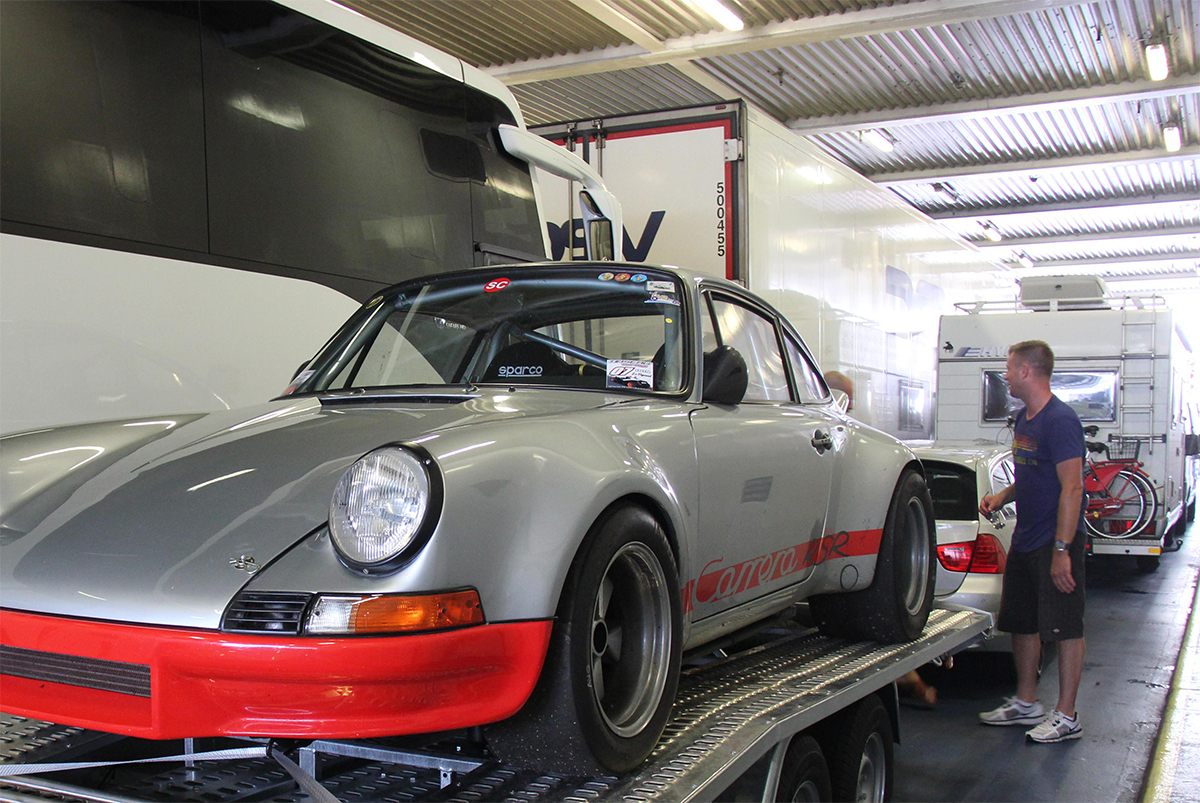
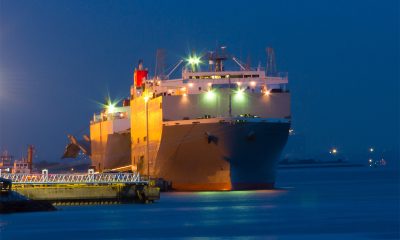
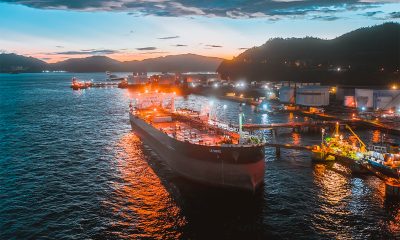
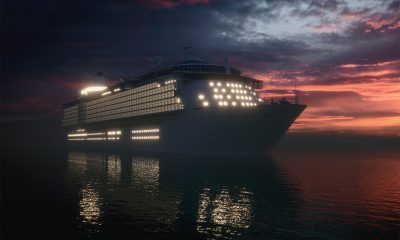

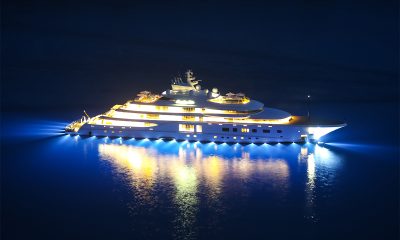
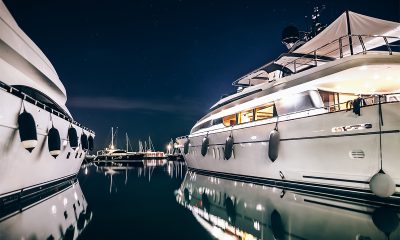
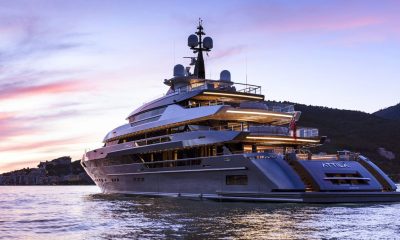
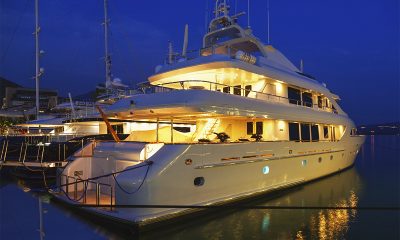





Loading...